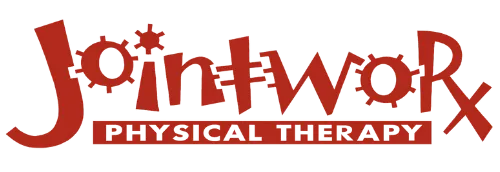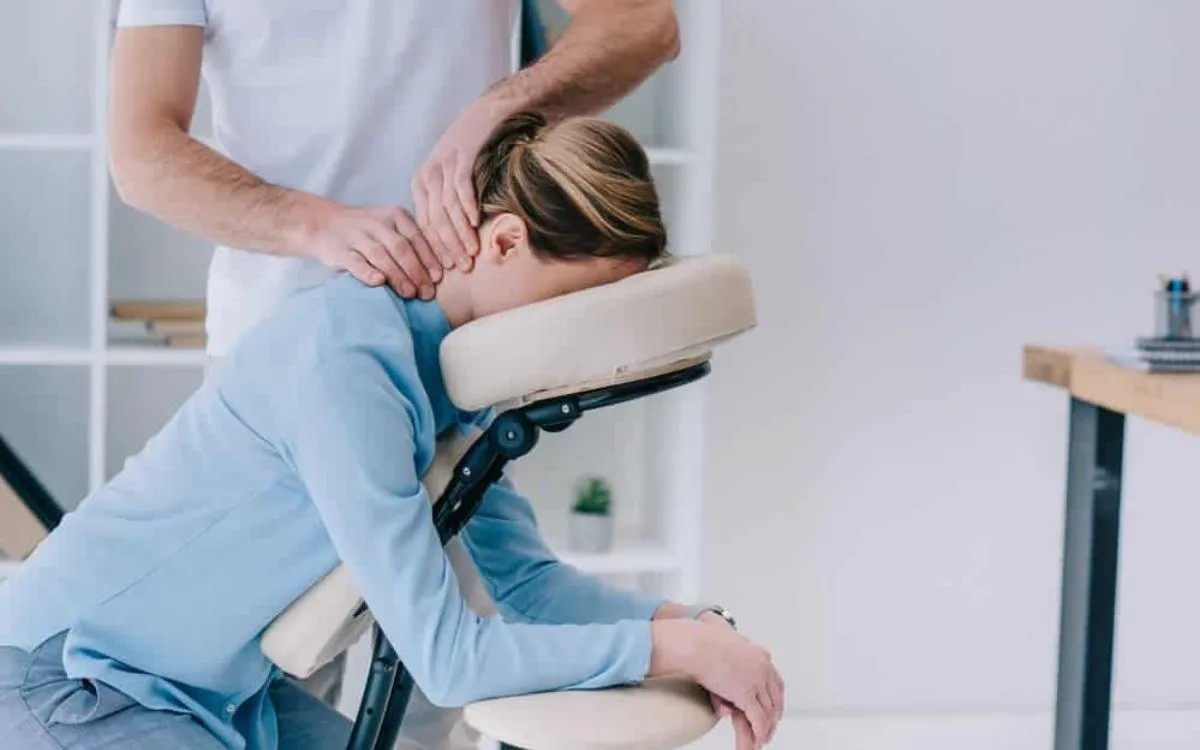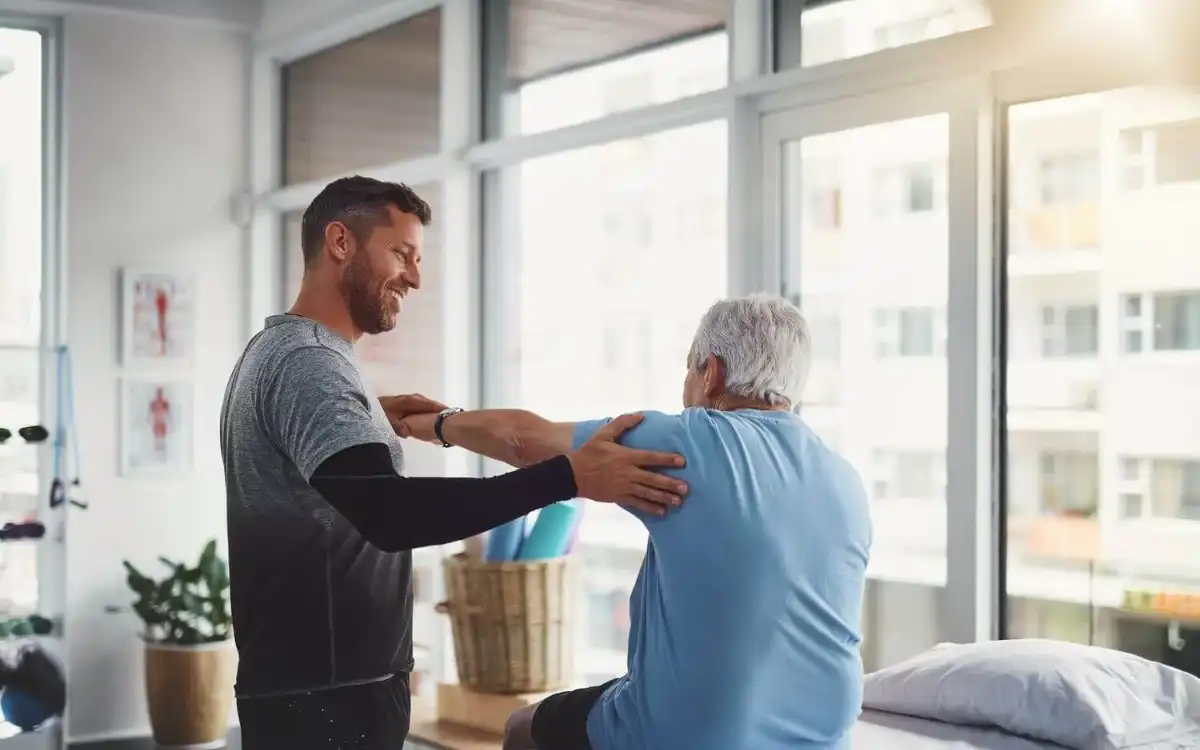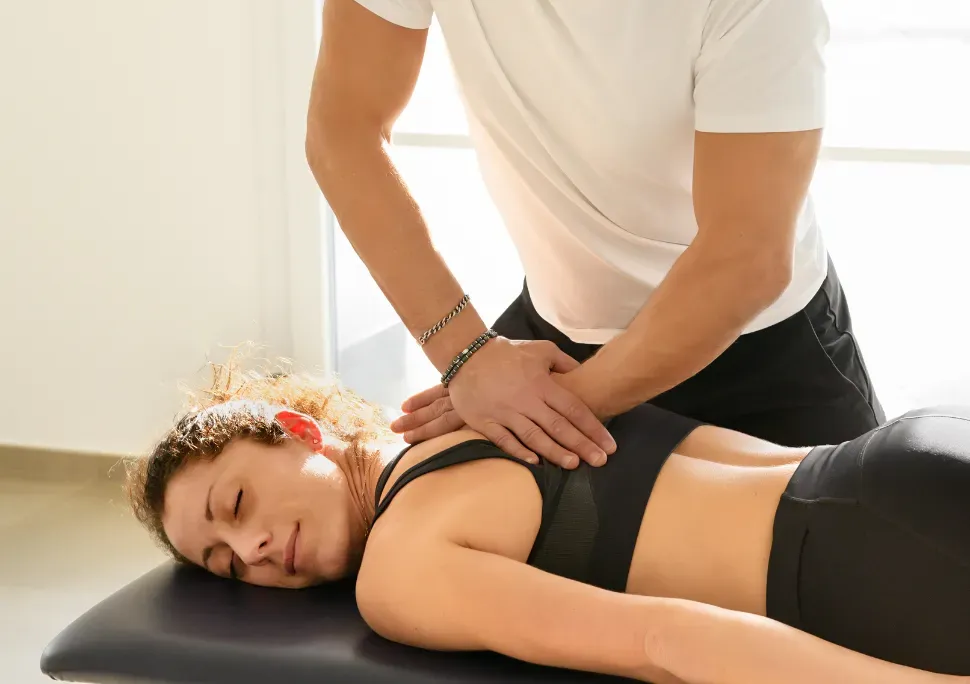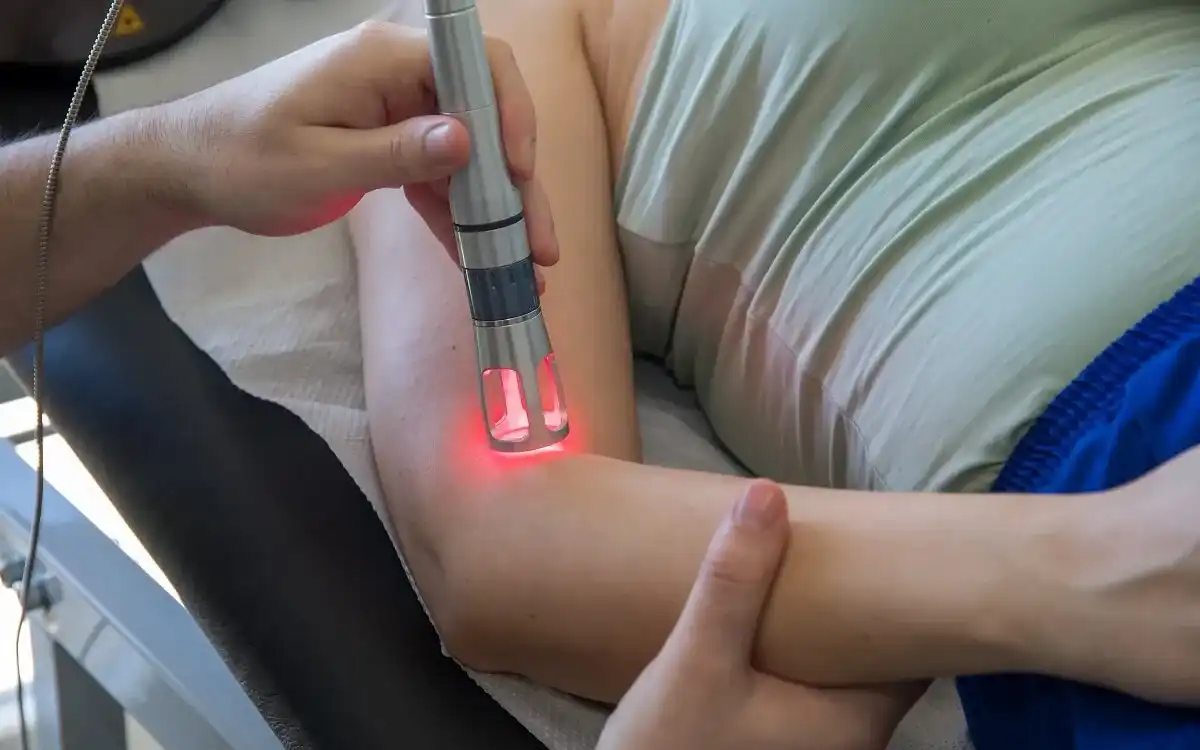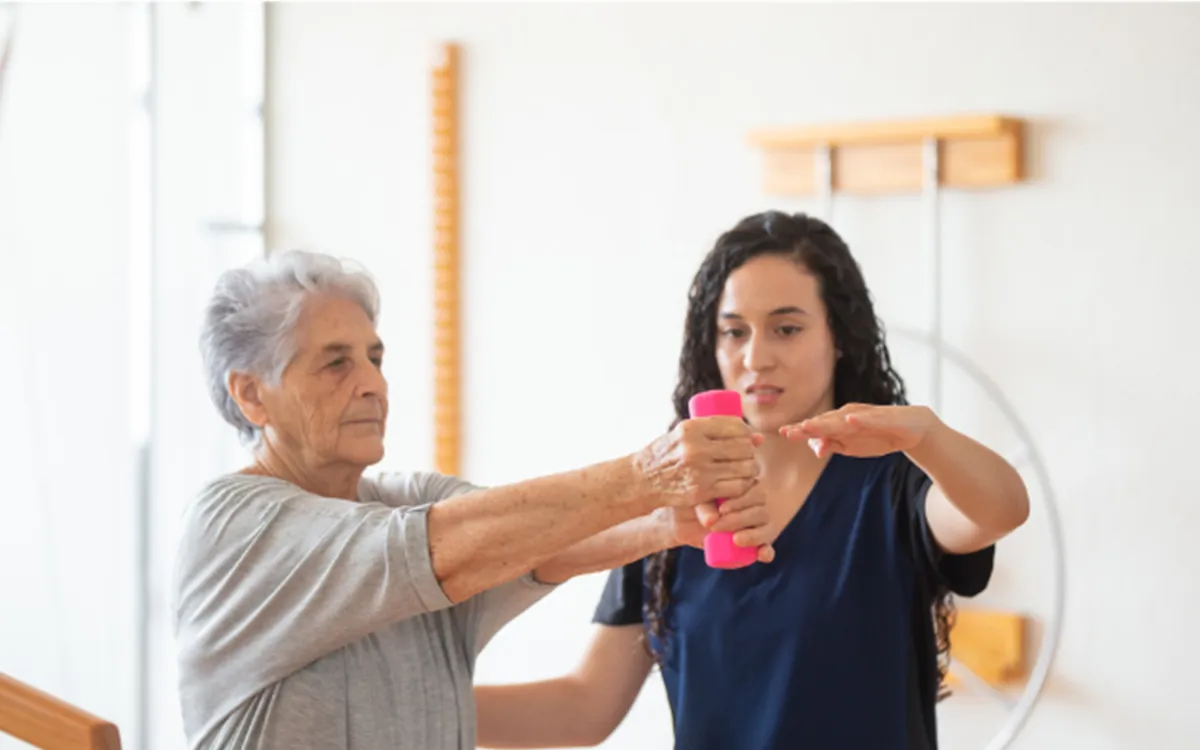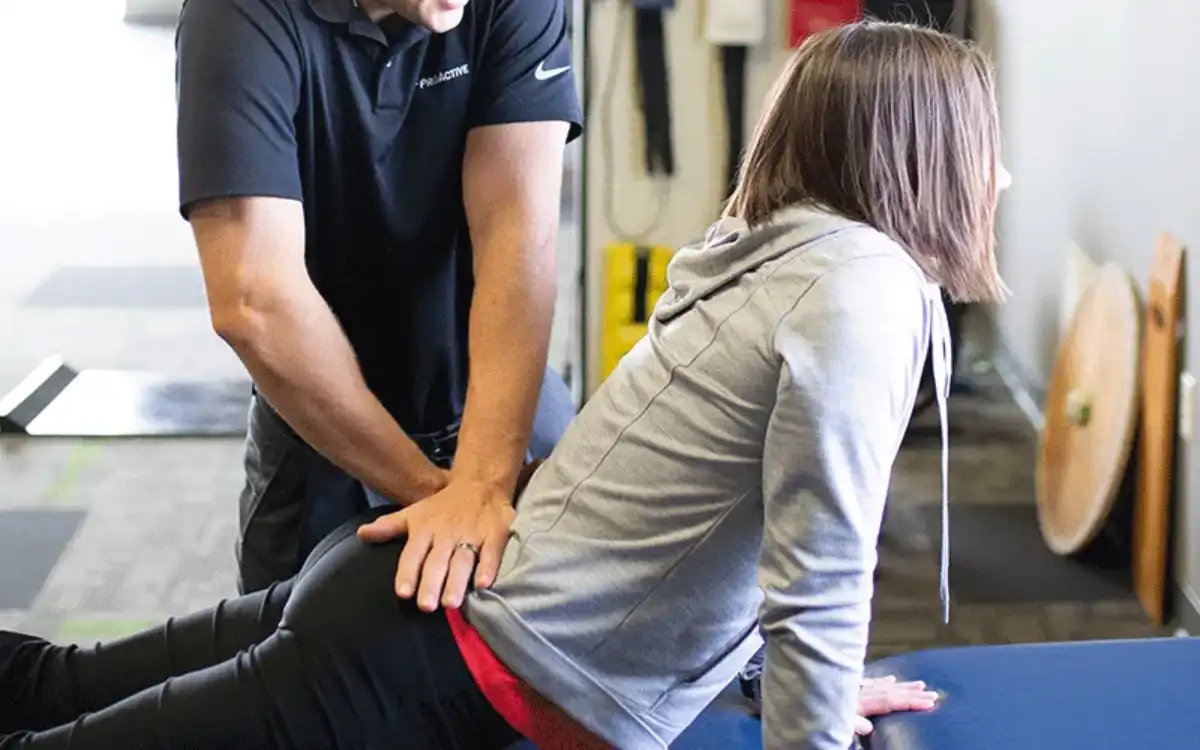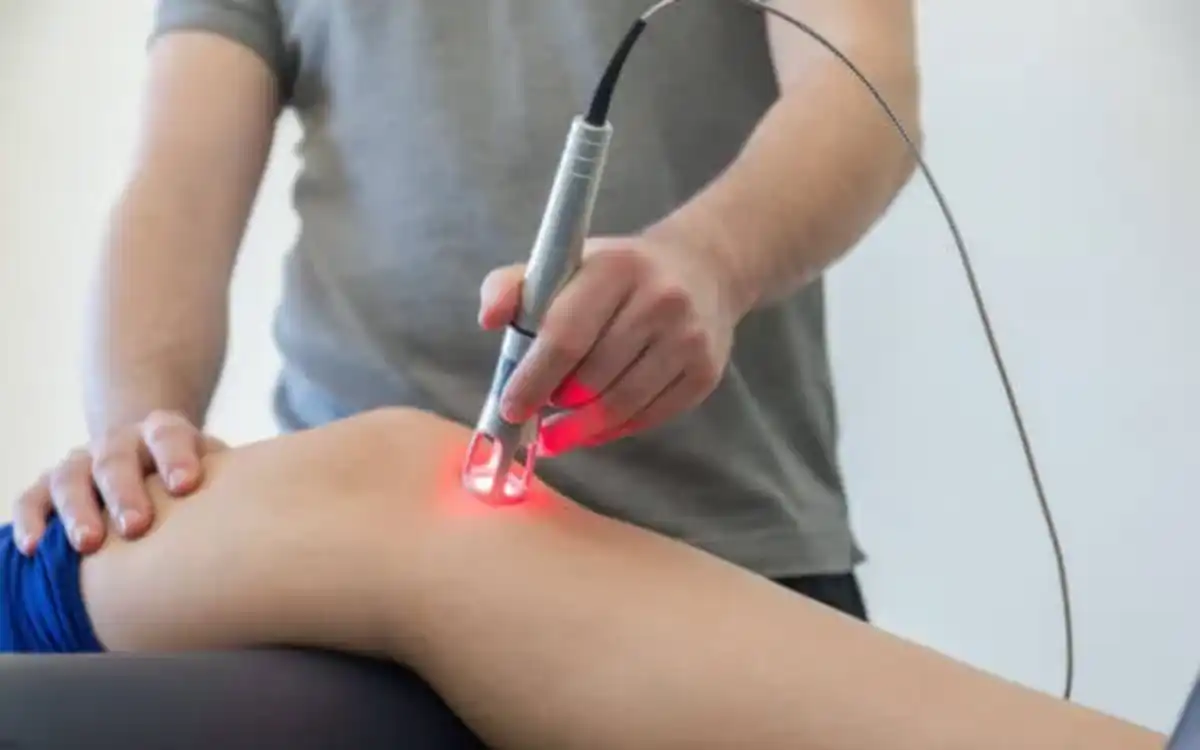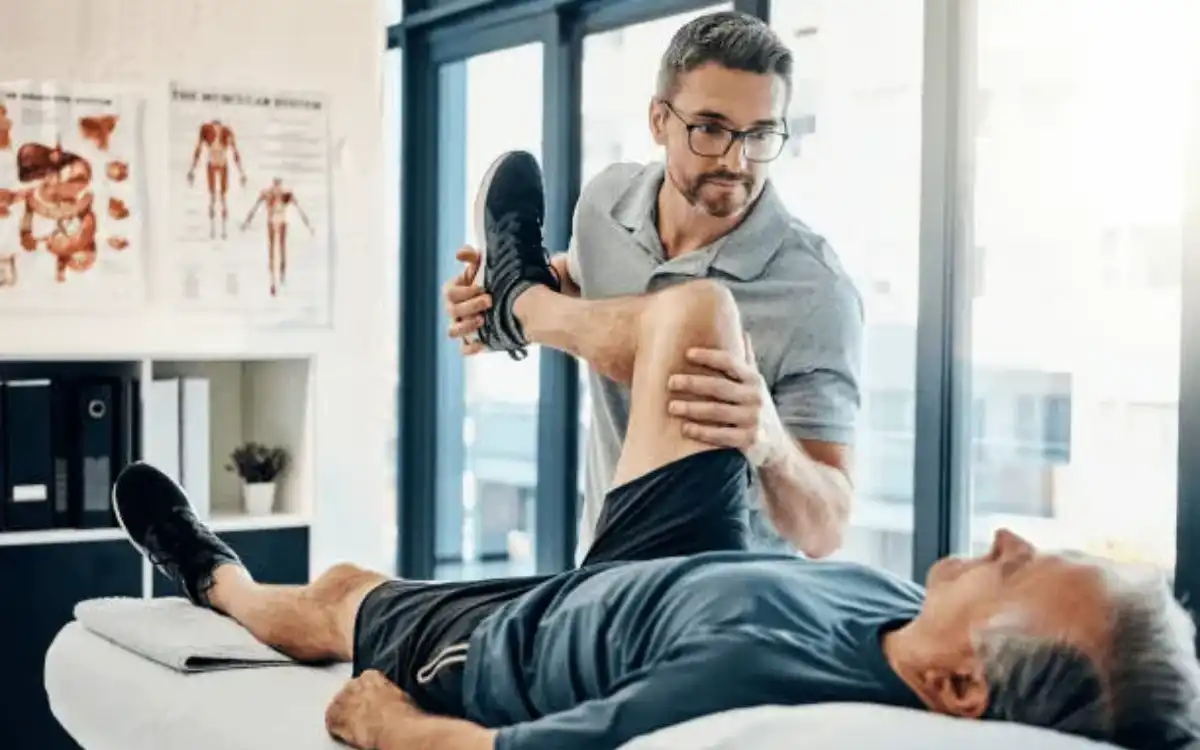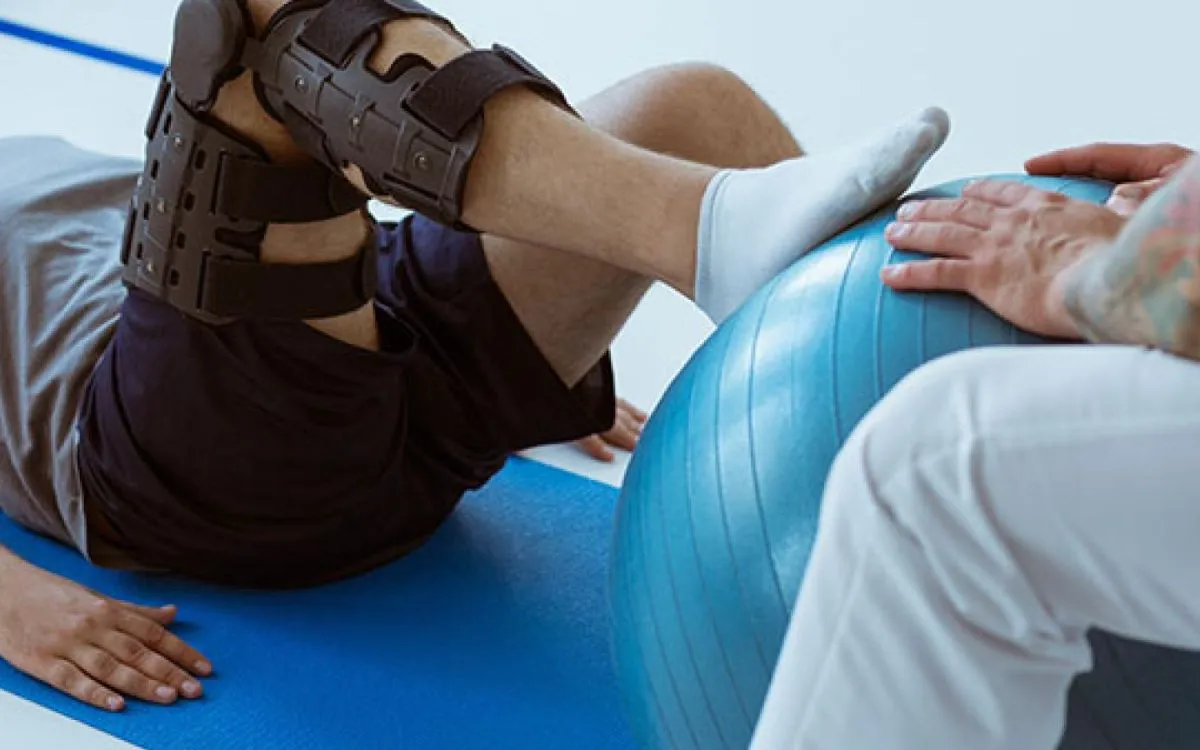OVERVIEW
Pelvic Floor Tension/Pain
Anatomical sling muscles that support the bladder, uterus, and rectum can cause tension in the pelvic floor or pain. This can be due to muscle imbalances, nerve and joint problems, scar tissue after surgery, childbirth or radiation, as well as muscle or joint problems. Hemorrhoids, anal fissures and organ prolapse can all cause pelvic pain.
A person with pelvic floor tension/pain may feel pain, difficulty sitting, or discomfort in their buttocks, hips and lower abdomen.
Vulvar Vestibulitis can be caused by imbalances in the muscles around the pelvis.
Rehabilitation can include manual therapies, pelvic floor relaxation, postural and therapeutic exercises, electrical stimulation, and biofeedback.
TREATMENT
Possible Treatments
GOALS
Possible Treatment Goals
- Decrease Risk of Reoccurrence
- Improve Fitness
- Improve Function
- Improve Muscle Strength and Power
- Improve Proprioception
- Improve Relaxation
- Self-care of Symptoms
- Improve Tolerance for Prolonged Activities
